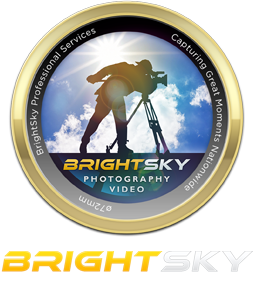When you’re putting together a corporate video production you have a newfound appreciation for the amount of work that goes into making sure that the final product meets the vision that you had in mind for it. However, this is definitely a lot of work, and you have to make sure that each detail is in place if you want it to look like the way you want it to.
One of the most important elements that help you create the video that you are aiming for is the lighting that you choose. This is one of those things that you don’t really think about unless something is really off. To help you understand this, learn about the different types of lighting that you can use in your corporate video production.
Natural lighting
Of course, no matter how big of a budget you have for your video production project, a good video professional will never forget the benefit of good natural lighting. The kind of effect you get with natural lighting is that it reflects real-life lighting, which is great for the overall aesthetic of your video. There are several ways to achieve optimal natural lighting, from waiting for the golden hour to schedule for your filming at various parts of the day.
Key lighting
Key lighting is the brightest type of lighting that is seen in the frame and is often used to highlight the subject of the video. This kind of lighting is achieved in a 3.-point setup, where you have to avoid placing the light too close to the camera to avoid making the subject look too flat. Comprises of two main types: high and low key lighting.
Fill lighting
Because of the intensity of key lighting, it is normal for shadows to appear as a result. Fill lighting can help cancel this out and help highlight the subject of the scene from the back. The fill lighting is placed opposite the key lighting in the 3-point setup.
Practical lighting
When shooting wide shots, it can be hard to convey the true depth of a scene without practical lighting. Without it, the scene can look flat. Practical lighting takes the form of lamps, candles, and other props that are present in the scene. The lighting from these has to controlled to achieve the effect that you are looking for in the scene.
Hard/soft lighting
Hard and soft lighting can be used to add emotional effect to your scene. These tend to be intense lights, which are helped by diffusers and other types of lights.


Recent Comments